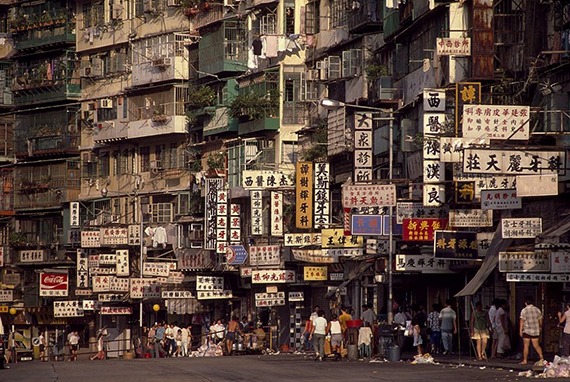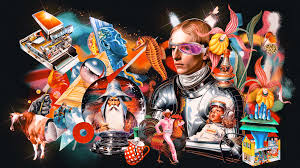
Menu

Rickshaw art is one of Bangladesh’s most colorful and unconventional art forms—a blend of popular culture, folk expression, and mobile storytelling. Found mainly on cycle rickshaws in Dhaka, Chittagong, and other cities, this vibrant visual language turns everyday transportation into a moving gallery, bursting with imagination and flair.
Emerging in the 1950s, rickshaw art quickly gained popularity as a cheap yet expressive way for rickshaw pullers to attract passengers and personalize their rides. Artists—usually self-taught—use enamel paint on tin sheets, canvas, or wooden panels to decorate the backrests, hoods, and sides of the rickshaws. What results is an explosion of color and fantasy on three wheels.
The themes of rickshaw art are as diverse as they are bold. You’ll find romantic film scenes, religious motifs, rural landscapes, portraits of tigers and peacocks, or stylized Arabic calligraphy—all coexisting in joyful chaos. Sometimes the messages are humorous; other times they’re patriotic or philosophical. Regardless, each rickshaw becomes a personal and public statement—a visual diary of the artist and the driver.
Over the decades, rickshaw art has evolved. It reflects changing pop culture trends—from Bollywood stars to political leaders, from war heroes to football legends. While some designs are ready-made, many are custom-created, lending individuality to every rickshaw.
Unfortunately, this vibrant tradition is under threat. Urban modernization, stricter traffic laws, and declining appreciation have led to a gradual disappearance of hand-painted rickshaws. Digital prints and minimal designs have started replacing the brushwork that once defined the streets. Yet, a revival is slowly brewing—thanks to art festivals, exhibitions, and fashion brands that are embracing rickshaw art’s quirky appeal.
Today, rickshaw art is finding new life beyond the streets—on bags, shirts, murals, and even in museums. It’s a reminder that creativity doesn’t always need a gallery. Sometimes, it just needs a street corner, a brush, and a willing pair of wheels.



